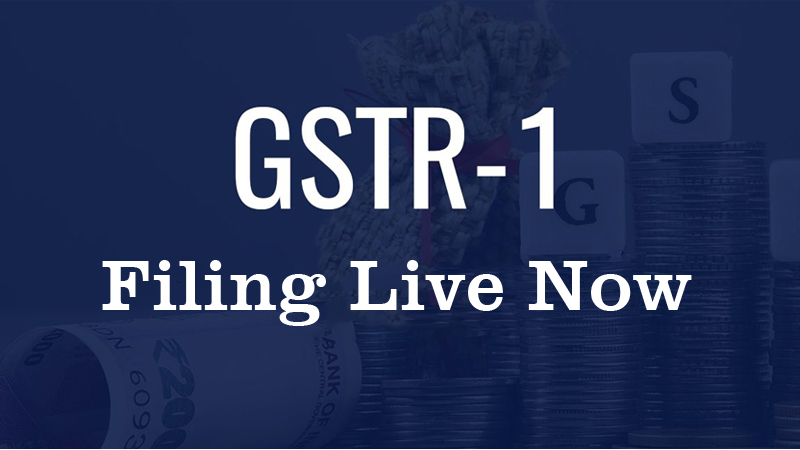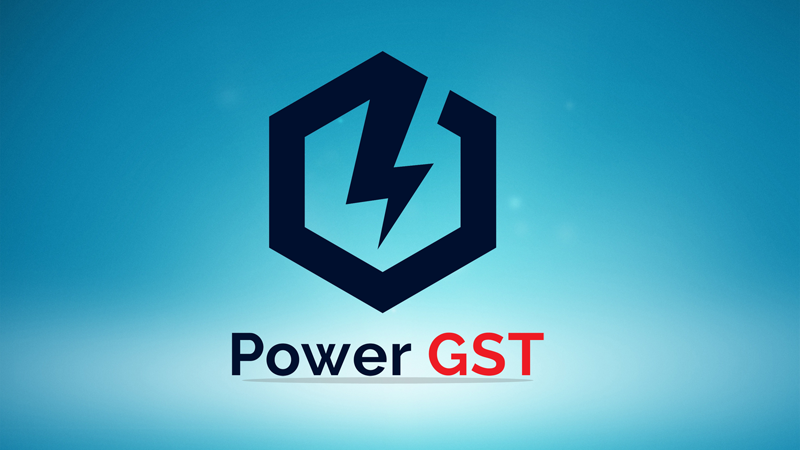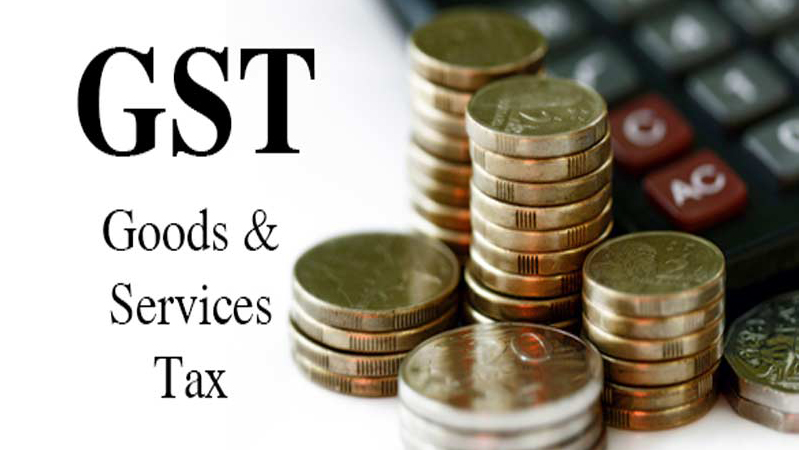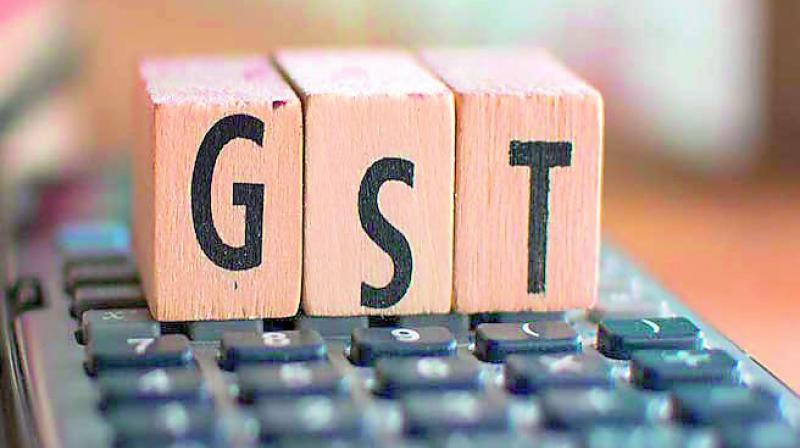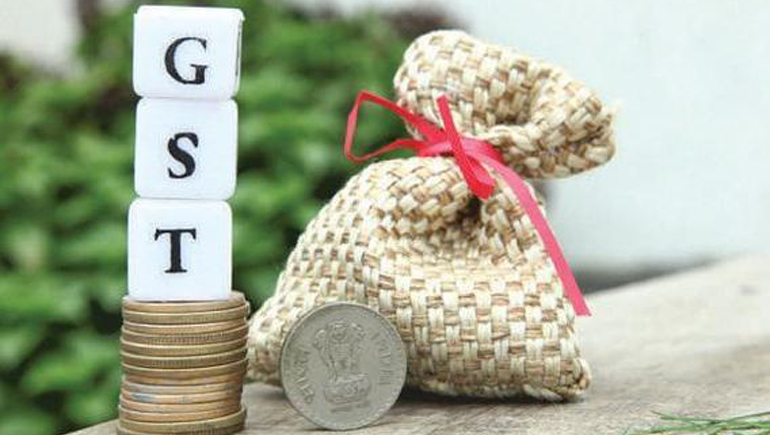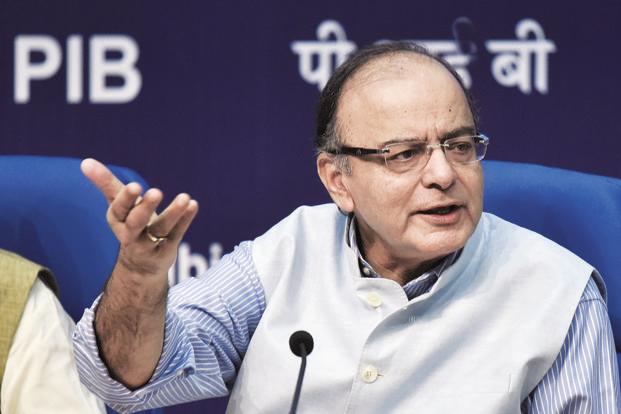New Delhi: Amid all the lobbying in fixing goods and services tax (GST) rates and with the 1 July implementation deadline fast approaching, businesses are busy completing the migration process. Businesses have to migrate from the present value-added tax (VAT), service tax and central excise registration to a GST registration.
Out of 84 lakh entities, 60.5 lakh have registered with the GST Network (GSTN), said a recent finance ministry statement. The enrolment window, which was suspended on 30 April, has been reopened on 1 June for 15 days.
However, it should be noted that those already registered under the GST portal can migrate. Fresh registrations are yet to begin.
Given the very large number of assessees and the plethora of details required to be furnished, migrating to a new tax regime was never going to be a cakewalk. As anticipated, there are a slew of challenges businesses are facing, the most common being of integration and upgradation of existing IT infrastructure to make it GST compliant, tax experts pointed out.
Though there is a certain level of IT enablement even today in excise and service tax, GST will significantly enhance the dependence on the IT interface. While larger organizations are better equipped to overcome this hurdle, small and medium sized enterprises are struggling.
Manual invoicing will soon be a thing of past and even completion of the migration process is an additional task requiring new manpower and costs.
The not-so-user-friendly migration process and inability of the GSTN to bear the load of data at certain times is giving businesses a tough time, tax experts said. The government is firm about GSTN being completely prepared to deal with the sea of data, but it would be interesting to see how things pan out post 1 July.
Secondly, large businesses now have to ensure that not only them, but their vendors too are registered on the GST network.
“This is a key challenge while migrating because dealing with non-registered vendors would increase the compliance burden, affect ability to claim input tax credit and impact compliance ratings,” M.S. Mani, senior director-indirect tax, Deloitte Haskins & Sells LLP, said.
Further, many companies may have to rework long-term contracts with customers and standardize them while migrating to GST. “This may not be acceptable to their customers and hence an elongated negotiation cycle would begin. Re-framing a large number of contacts is certainly a difficult task,” he added.
Also, between service providers and manufacturers, the former are likely to face larger migration challenges than the latter, mainly because manufacturers are used to a slew of indirect taxes and registrations, but service providers in the pre-GST era were not used to dealing with state authorities, with many of them having a centralized service tax registration. Registration at multiple locations comes as a bigger hurdle for them, tax experts said.
To conclude, for a country of our size, migrating to a unique and customized GST regime is nothing less than historic. Though beneficial in the long-term, a run up to GST implementation has led to near-term supply-chain disruption. Complex rules and rate structure are sure to increase the compliance burden, especially for small and medium companies and the jury is still out whether GST will really improve the ease of doing business in India.


